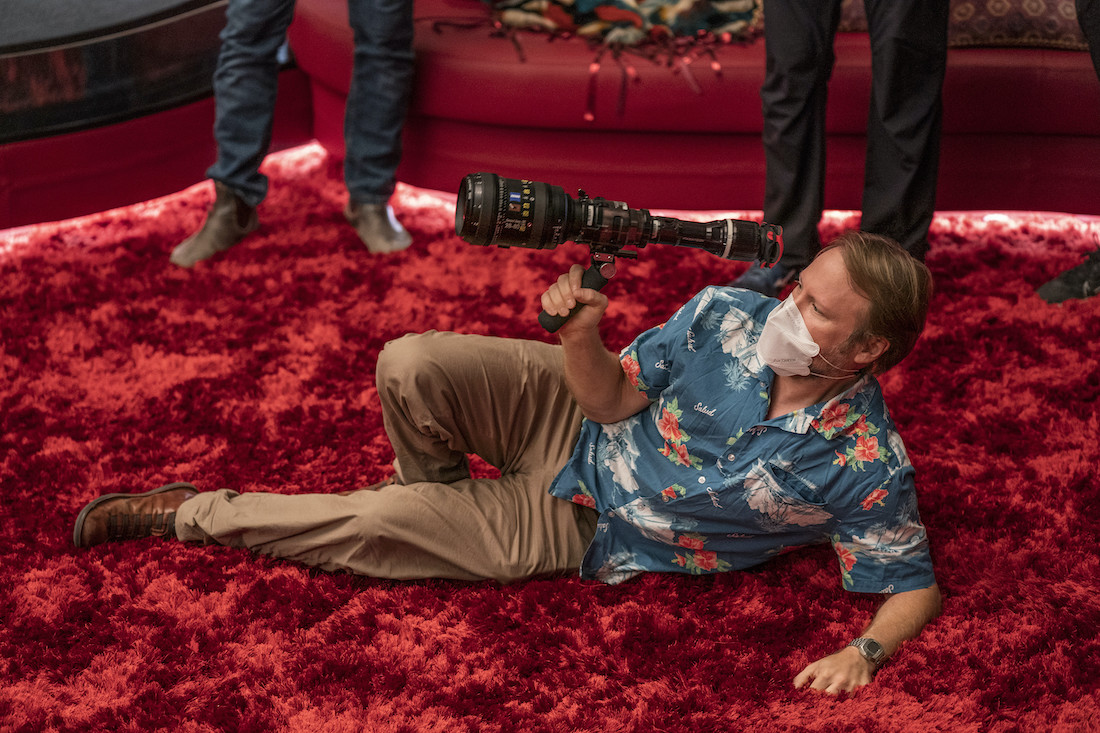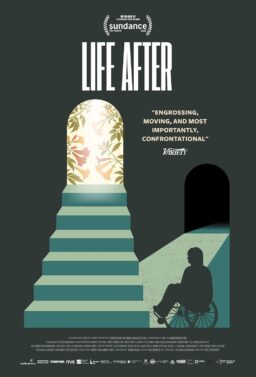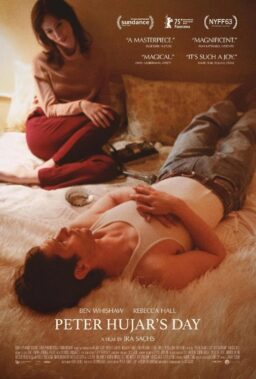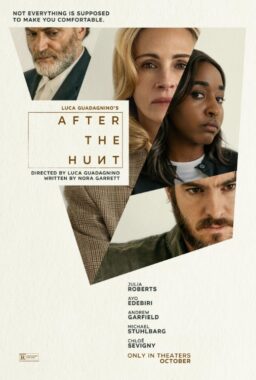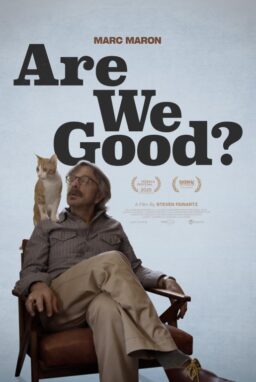Rian Johnson’s “Knives Out” reminded audiences how much we love murder mysteries with lots of unpleasant suspects, a brilliant if quirky detective, and a fabulous setting. It was the kind of puzzle that made us think back for the pleasure of understanding what we missed.
Johnson has done it again with its sequel, “Glass Onion: A Knives Out Mystery,” which has an even more fabulous estate, even more unpleasant suspects, and an even more delightfully tricky puzzle. In what we both promised would be a spoiler-free conversation, we talked about puzzles, that amazing location, and why he picked a Beatles song as the inspiration for the title.
You have once again assembled an all-star cast who work so well as an ensemble. What is your casting process?
I just feel incredibly lucky. I don’t write with actors in mind. I just write the script and write the story. And then my producer and I get together with our casting director, Mary Vernieu, and we talk through each of the characters and throw out ideas for who could be fun. It feels a little bit like when I was a kid, we would get the Sears catalog and all the toys we wanted for Christmas, like pie in the sky, like there’s no way we could actually get this person. And then we go out and see who’s available, who wants to work. And both times we’ve been really lucky, not just in the caliber of actors we’ve gotten, but also with both of these casts we’ve had groups of people who have come together.
With “Knives Out,” we were outside of Boston, and we were in this house and everyone was hanging out together. It was kind of isolated. And then here we were very isolated because we were in Greece and then we were in Belgrade, but it was right in the middle of the Delta surge, so we were all locked down in the hotel together. So, we got very lucky that we got a group of actors who also just really loved each other. And it felt like summer camp a little bit. So, yeah, knock on wood, we have yet to have a bad apple.

Are you a Beatles fan? Is that where the title comes from?
That’s it. As I was coming up with it, I kind was like, Okay, so he’s going to have this island. I like the idea of the metaphor of something made of glass that you can see through. What is it, a glass castle, a glass palace? And I literally searched my phone’s music library for “glass,” and I was like, Oh, pick number one, “Glass Onion.” I love that song so much. I guess it was funny when I started telling people about it, I didn’t think there were deep cuts of Beatles songs, but I’m actually surprised how many people didn’t know the song.
And the song is about a mystery.
And it’s about playful baiting of a mystery that isn’t actually there. Which to me is fun.
In terms of cinematography, did you set a very difficult problem for yourself with so many transparent and reflective surfaces?
Glass is just fun because glass you can shoot through and it’s beautiful. You can reflect light through it. There are only a few sequences where we have mirrored surfaces, but those are the ones that get you. So, it wasn’t too bad this time around. But yeah, there was a heck of a lot of glass.
That was quite a collection of art in the movie! I thought I spotted a Rothko and Jeff Koons.
I guess this is an Easter egg, but it’s fun. I showed up and there was the big Rothko painting. But of course, it’s Edward’s character, Miles. So, I said, “Can we turn it upside down?” So, it’s actually upside down [laughs]. A joke for the art nerds.
We picked pieces that we could do, and had a local artist in Belgrade recreate them. It was extraordinary being on the set because you’re walking around with these fantastic recreations of these masterworks. There’s a lot that are pastiches of different styles that are original works through there.
It was fun because Edward was walking around like he was at a sale or something. He was like, “I’ll take that one.” But one of the interesting things, and I didn’t know this, if you do what we did and actually do a replica of a painting, you have to destroy it and you have to document it being destroyed at the end of it. So, sorry, Edward.

How do the fabulous costumes of the film help to illuminate the characters?
Jenny Egan did the costumes in this and for the first one. And she is just incredible. We had very general discussions about the characters. There were some that I was more specific about than others, like Kathryn Hahn’s character. I knew I wanted her entirely in tan. And I think poor Kathryn showed up thinking, “This is a ‘Knives Out’ movie, I’m going to have some fabulous costumes.” And I said, “No, I want your costumes to feel like a sad trumpet.” [laughs]
Jenny worked with Daniel, and Daniel had the idea of doing a Jacques Tati-type vibe. And so, he’s kind of Tati by way of Cary Grant. But I also just let Jenny run. She’s so good at what she does. And also, there’s a weird balance with these movies where on the one hand they have to be a little bit like the characters in “Clue.” They have to be in a very color specific and distinct. And you’re hoping for costumes that are also going to get that little bit of ooh factor when people see them. But they need to be grounded enough to where they don’t leave Planet Earth, and it still feels like a world you can be in.
You have a varied group of people to introduce to the audience very quickly. What is the secret for doing that? How do you do it?
It’s work. That’s what always ends up taking the most work, figuring out the introduction. With “Knives Out,” we start with a big questioning scene in the library. And that was both at the script phase and then also in the editing phase. That’s what we put so much of the work into—getting that humming. It’s really hard. With this one, we do it with the puzzle box invitation. You just try and figure out a way to get everyone introduced, to get what their deal is as quickly as possible, and give it hopefully some kind of fun spine so that the audience doesn’t feel like we’re just grinding through meeting people, they’re actually entertained during it.
The fun spine was Jackie Hoffman’s character knowing what a Fibonacci sequence is. That was so funny.
I love her so much. She came to Belgrade to shoot that, and because we got ahead of schedule, she got right off of the plane and came straight to set and filmed. And God bless her, she was a trooper.
Let’s go back to the literal puzzle box that begins the story. It is fun, brilliantly designed, and the scene is brilliantly edited as we watch each character interact with it.
That was probably the most rigorously storyboarded sequence because of the split screens. And it was interesting because we shot each one of those groups of actors separately, obviously, but they had to be interacting with each other. So, the way we did it: we shot Katherine’s scene first, and then we had to pick what take we were going to use for her. We had the sound guy then build the scene sound-wise with holes for the other dialogue. And then when Kate did her version of it, we had an earpiece, and Kate was listening to Katherine and playing off of her. And then we picked Kate’s take and put those together. And then we did Leslie’s.

Like a layer cake.
It was like a layer cake, and it was fun. It was uniquely challenging. But the puzzle box itself—Chris Peck, who’s our prop master, worked with a bunch of artists, and it’s all practical. It’s not like there’s one box that does all that stuff, but in different pieces, every piece of it.
Does it really open like that?
Well, with puppeteers as opposed to having a CG object. It was actually built. We painted some hinges and some puppet rods and stuff, but I think you can feel the tactile nature of it. I’m so happy with how it feels like a magical puzzle box of the mind.
It’s a great way to introduce the characters, but it’s also such a metaphor for the movie, and so it’s perfect. What is it about mysteries that fascinate us so much?
In a way, you can get high-minded and say the essence of drama is the chaos created by a crime, and then the restoration of order by the detective solving it at the end. There’s also just the intrigue of a good puzzle. Although I will say, I feel like a big part of how I try and approach these movies is specifically not thinking of them as puzzles. I like taking much more of the Hitchcock approach, of thinking of them as roller coaster rides. I feel like you can get into trouble if you start thinking in the mode of “I’m creating a puzzle for the audience to solve.” Because that’s almost like something you weave in after the fact in a satisfying way.
The thing that drives it has to be the same thing that drives any successful movie, which is who do you care about? What are you following? What’s making you lean forward as opposed to what’s making you lean back and stroke your chin and think?
And the ending. Endings are my favorite thing about movies. And it’s like Hitchcock said, there’s very little actual satisfaction to be had from a surprise being the payoff at the end of the movie. I think what gets you to a successful ending is something that is dramatically satisfying. And that suspense as opposed to surprise, and the release of suspense in a satisfying way at the end, as opposed to, “Oh my God, I never could have guessed that.” I mean, that’s fun, and hopefully, you put that in there, too. But to me, that has to be secondary to a payoff that actually works the way any other good movie works.
Is there going to be another one?
I’ve already started to come up with ideas. As long as Daniel and I are having fun doing this, as long as people want to see it, I’ll keep making these.
“Glass Onion: A Knives Out Mystery” will be available in theaters on November 23rd for one week and streaming on Netflix on December 23rd.

